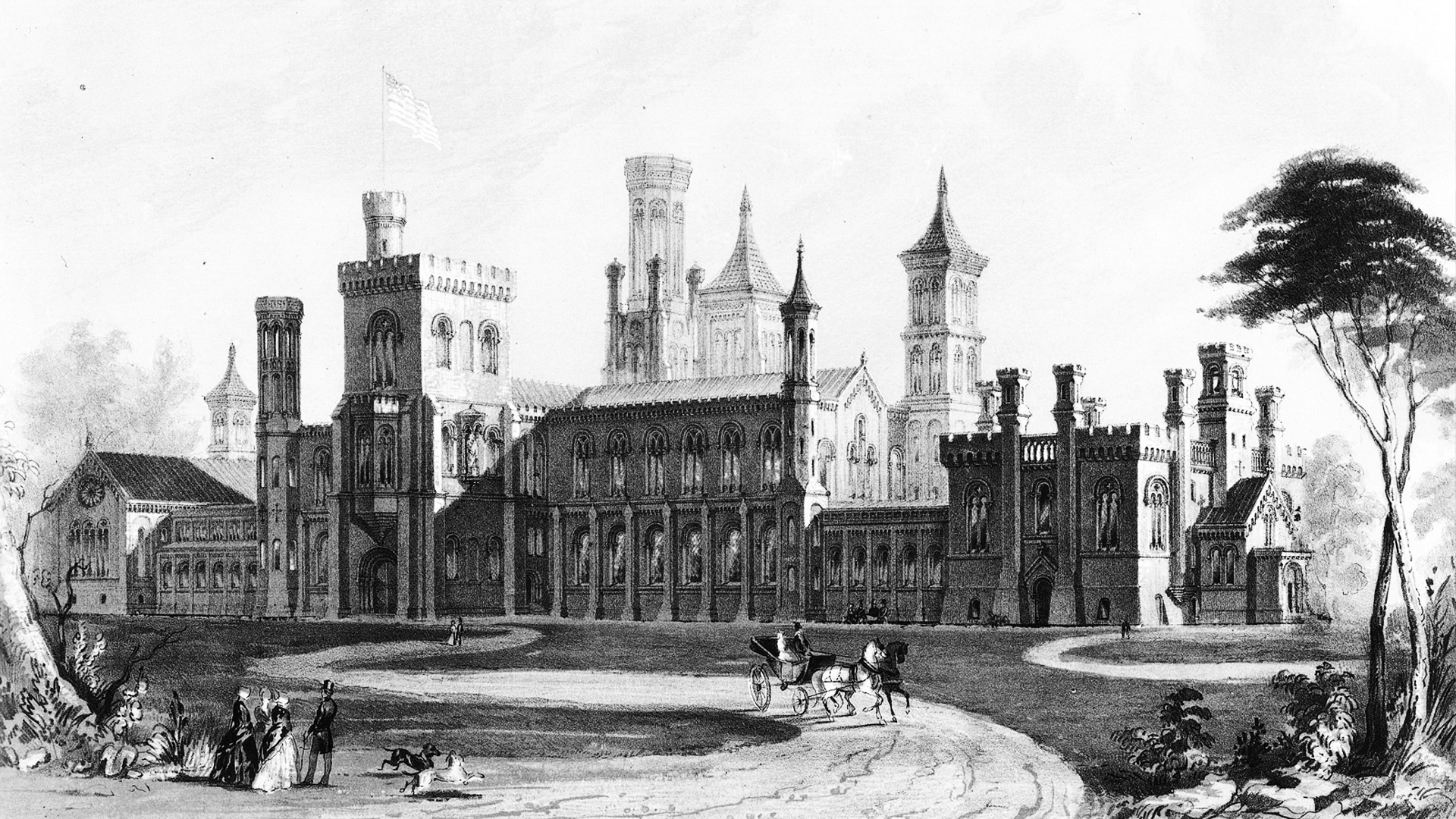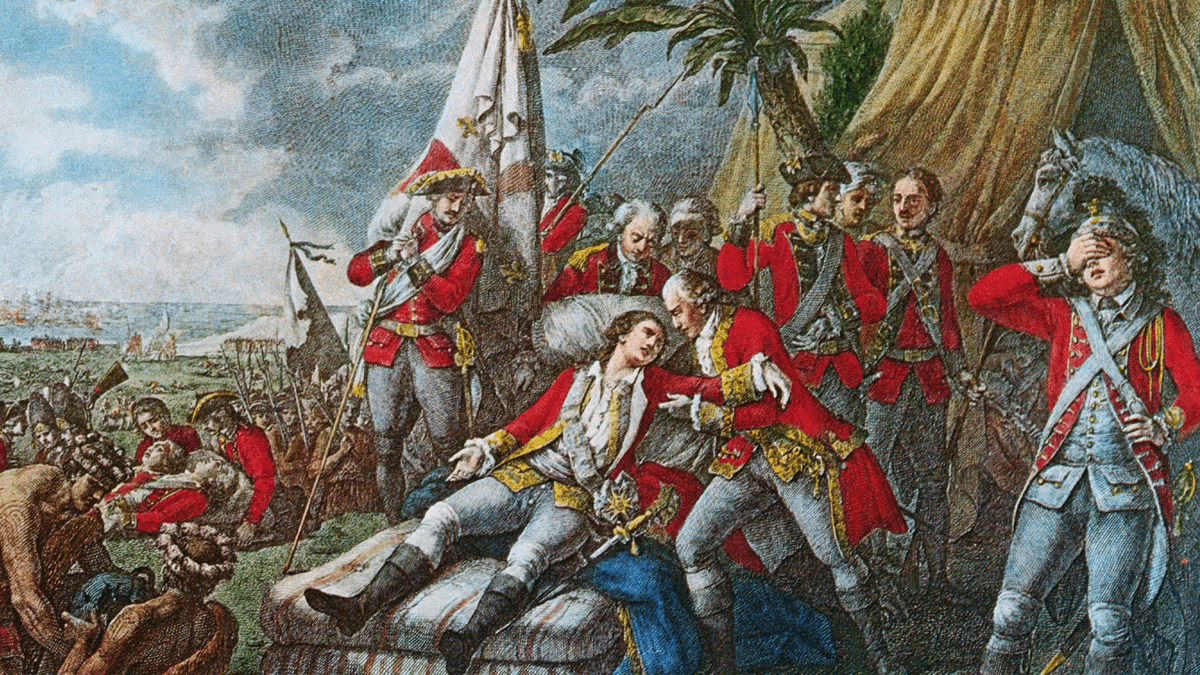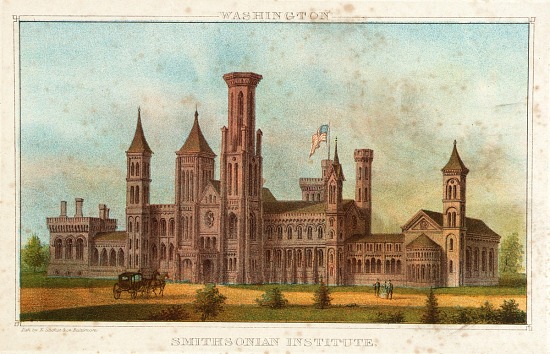Smithsonian Institution Created

The Smithsonian Castle in Washington, D.C., the Institution’s first building and still its symbolic heart.
What Happened?
James Smithson died in 1829 with a peculiar clause in his will: if his only nephew died without heirs, his fortune would go to the United States to found an institution in Washington dedicated to 'the increase and diffusion of knowledge.' Smithson, a British scientist and fellow of the Royal Society, had never been to America. His motives remain a matter of speculation.
When his nephew died in 1835, the bequest was triggered. President Andrew Jackson sought congressional approval to accept the gift, sparking fierce debate over whether the federal government had the constitutional authority to create such an institution. Federalists, led by John Quincy Adams, eventually prevailed.
U.S. diplomat Richard Rush traveled to England, claimed Smithson’s estate, and returned with 104,960 gold sovereigns, a mineral collection, books, and scientific papers. Recoined in Philadelphia, the gold was worth over $500,000, about 1/66 of the nation’s entire federal budget at the time.
What to do with the money proved controversial. Ideas ranged from a national university to an observatory, library, publishing house, or museum. After years of wrangling, Congress passed the Smithsonian Institution Act, signed by President James K. Polk on August 10, 1846. The compromise created a museum, research center, and library under a Board of Regents—independent of the three branches of government.
The first building, the Norman-style 'Castle,' designed by James Renwick Jr., rose on the National Mall. Over time, the Smithsonian expanded into 21 museums, the National Zoo, and nine research centers. It houses everything from the Wright brothers’ plane to the Hope Diamond to the original Star-Spangled Banner.
Smithson’s remains now rest in a tomb inside the Castle, his unlikely legacy woven into the fabric of American identity. What began as one man’s enigmatic gift has become a global hub for science, culture, and history—open to all, free of charge.
Why It Matters
The Smithsonian is more than a collection of artifacts, it’s a living archive of human curiosity. Born of an unexpected gift from a man who never saw America, it has grown into the world’s largest museum and research network, advancing science, preserving history, and making knowledge accessible to everyone. It’s proof that one act of generosity can shape the intellectual and cultural trajectory of an entire nation.
?
Why might James Smithson have chosen to leave his fortune to the United States instead of his native Britain?
How did the political debates over accepting Smithson’s gift reflect tensions between federal and state power?
What role has the Smithsonian played in shaping American identity and historical memory?
How does the Smithsonian fulfill Smithson’s mandate to 'increase and diffuse knowledge' in the 21st century?
If you could create a new Smithsonian museum today, what would it focus on and why?
Dig Deeper
The Smithsonian National Museum of Natural History has over 144 million objects in its collections. Scientists study them to unlock the secrets of our planet—most of these treasures are never seen by the public.
From secret artifacts to unexplained finds, a look inside the Smithsonian’s lesser-known holdings.
Related

The French and Indian War: The Battle for North America
Before the American Revolution, another great war reshaped North America—the French and Indian War. It began as a fight over land and power, but ended up changing the map of the world and planting the seeds of independence.

The New Deal: Fighting Depression with Bold Ideas
Faced with economic collapse, President Franklin D. Roosevelt launched a revolutionary plan to rebuild America from the ground up. The New Deal wasn’t just policy—it was a bold experiment in hope, action, and government responsibility.

Indigenous Nations Before European Contact
Long before Columbus, Indigenous nations flourished across North America. From hunters following mammoths to farmers building vast trade networks, Native peoples shaped the land—and the land shaped them.
Further Reading
Stay curious!
